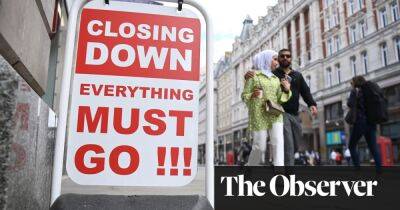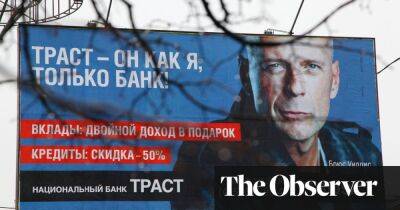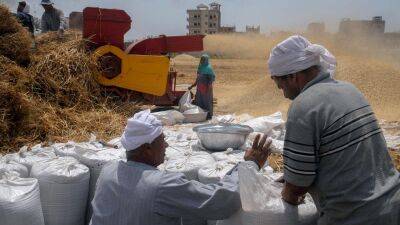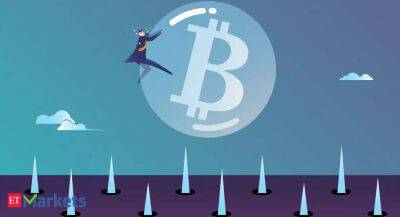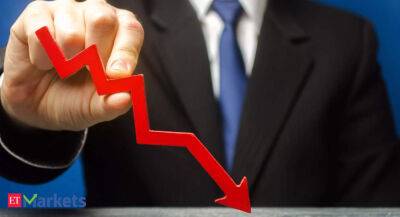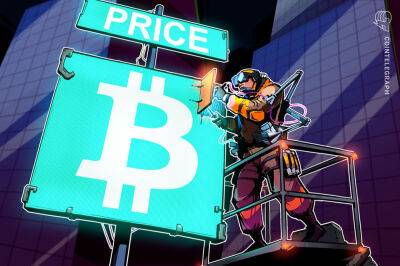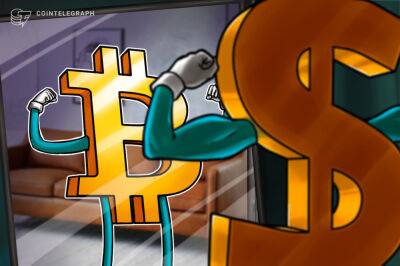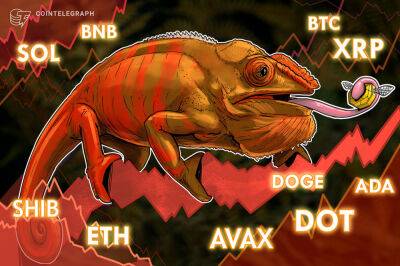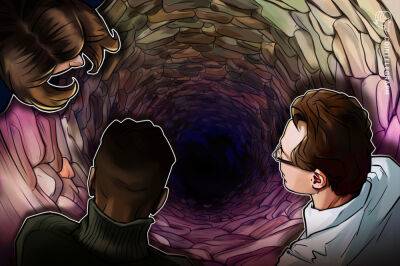Recession the price Bank prepared to pay to bring UK inflation to heel
Unemployment rising. Inflation above 10%. Energy prices soaring. Living standards squeezed. The message from the Bank of England was crystal clear: the 1970s are back.
The word stagflation was not to be found in the 100-plus pages of Threadneedle Street’s monetary policy report. Yet a period of weak growth and rapidly rising prices is precisely what the Bank says is in store for the UK. The current post-lockdown bounce will be short-lived and, in a real blast from the past, the economy will be driven into recession to bring inflation under control.
Nor is the pain likely to be over quickly. The economy is expected to contract by 0.25% in 2023 and remain weak in the next two years. The next general election will take place against a backdrop of weak growth and lengthening dole queues.
Just as in the 1970s, the Bank says external factors are mainly to blame. In 1973, it was the Yom Kippur war that led to 25% inflation by mid-1975. This time it is the war in Ukraine. The Bank is pencilling in another 40% increase in the energy price cap in October, taking the average annual household bill to £2,800.
There may be arguments about whether the UK is technically heading for recession because the Bank is not forecasting two consecutive quarters of falling output – but it will certainly feel like it. Living standards are about to take their biggest hit in decades.
Six months ago, the Bank thought inflation would peak at 5%. It now believes it will top out at just over 10%, easily the highest level since Threadneedle Street was granted operational independence 25 years ago.
The Bank says there is little it can do to prevent the harm to household budgets and company profit margins caused by rising global energy profits, and that its task
Read more on theguardian.com



